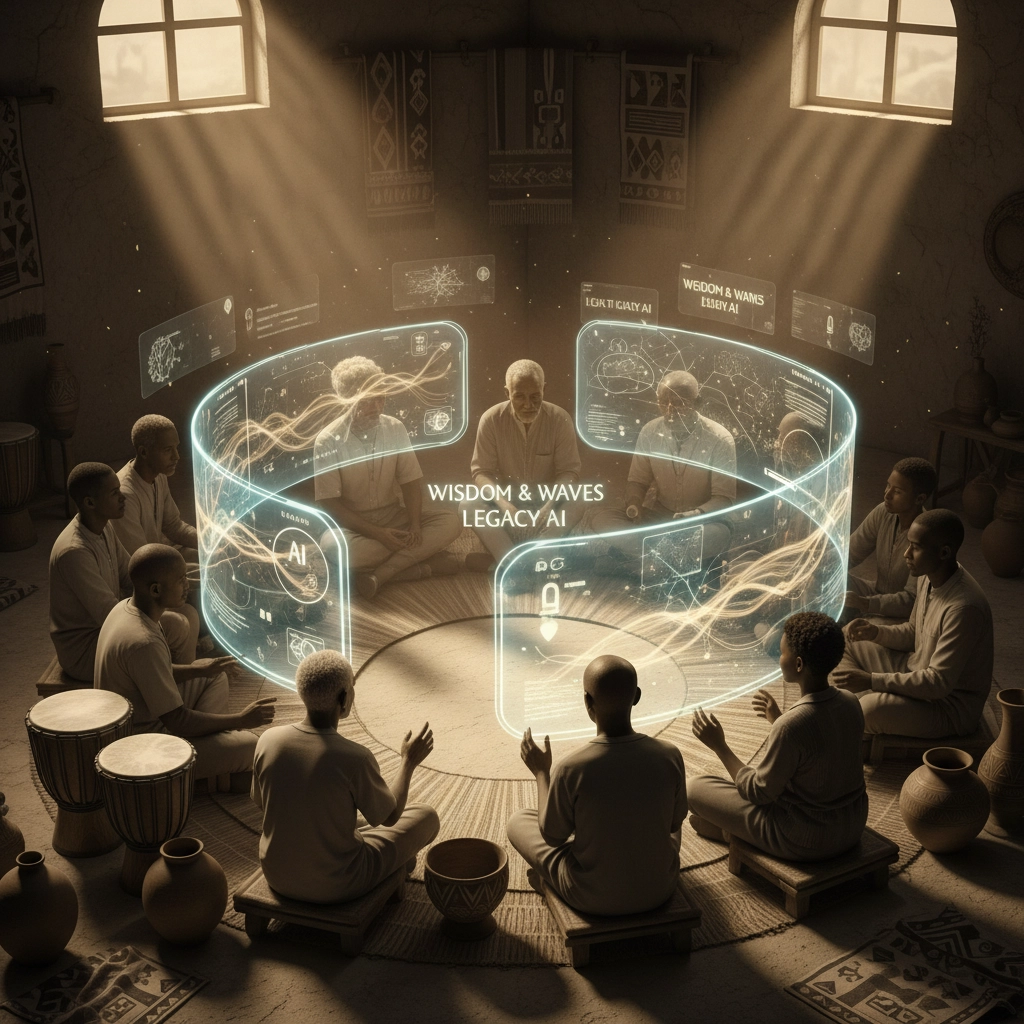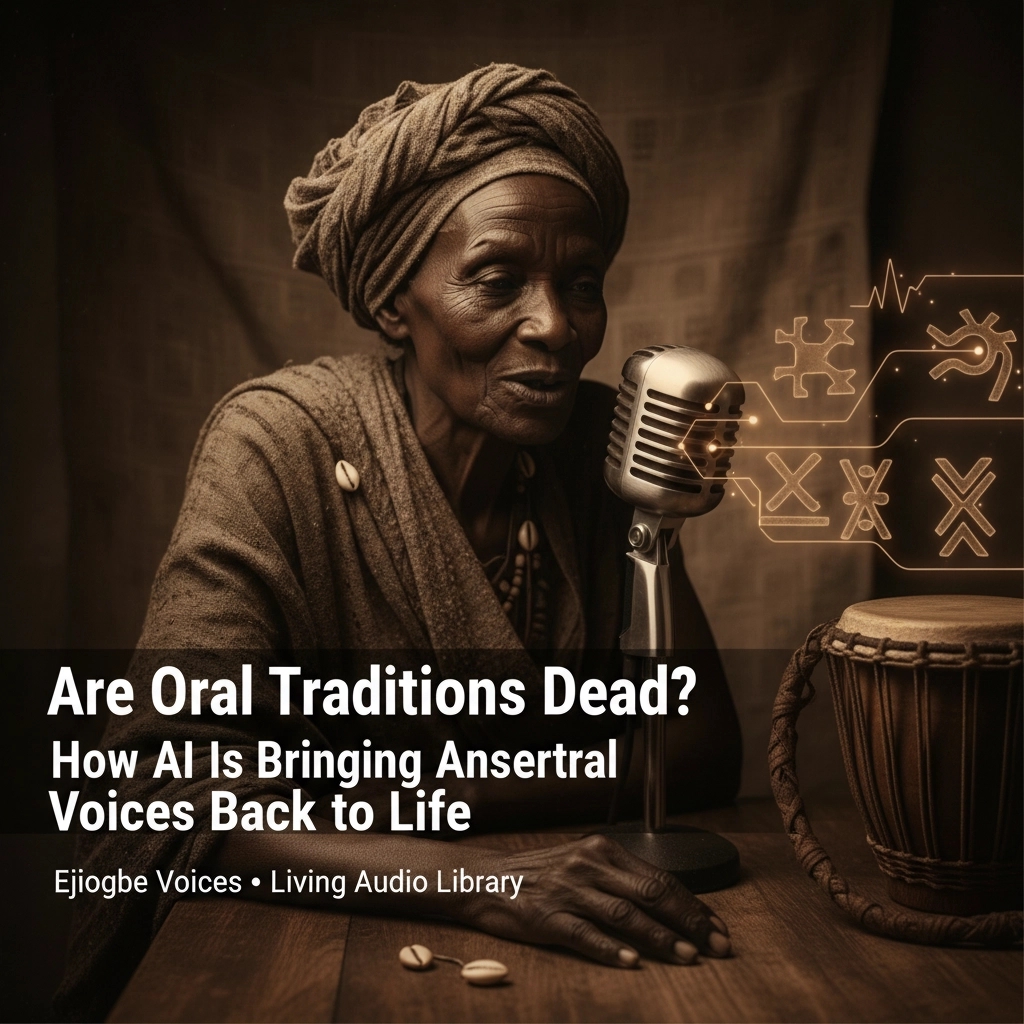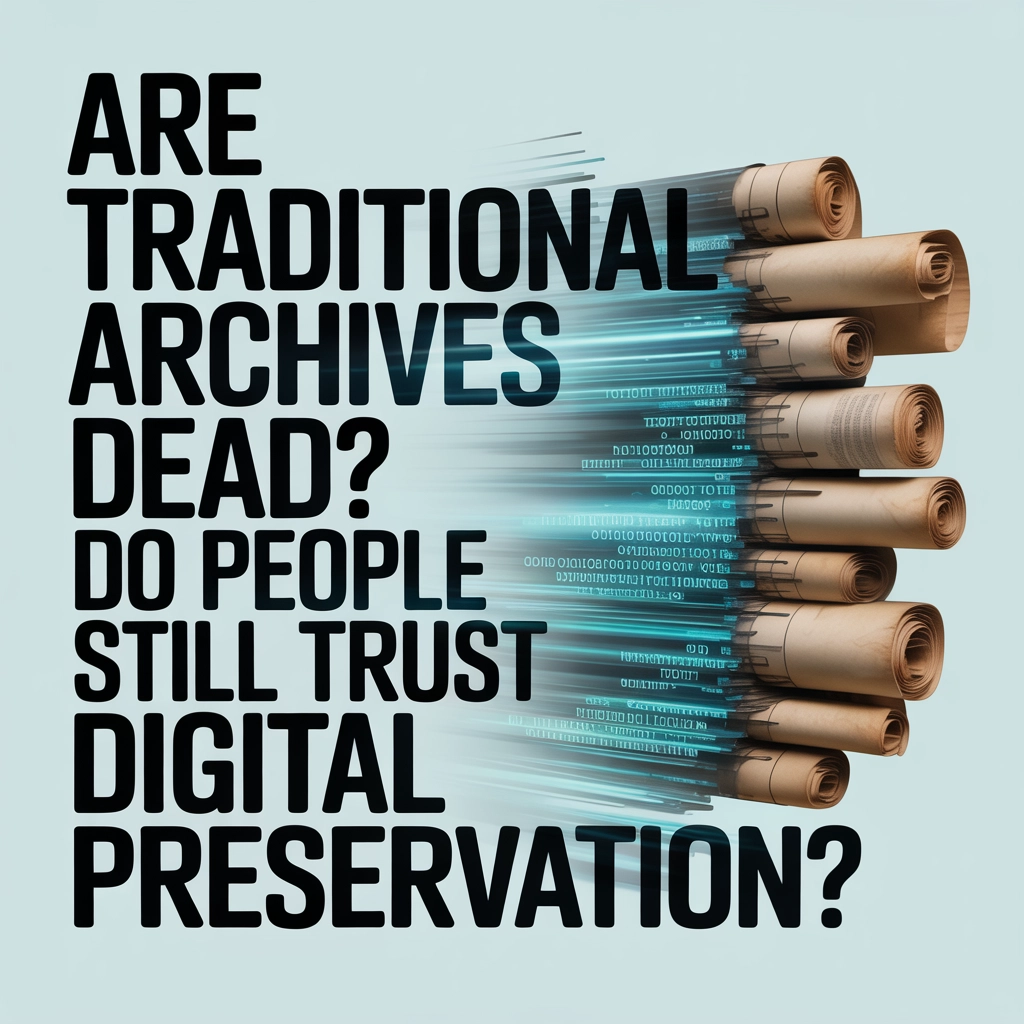The future of cultural preservation isn't about taking from communities: it's about building with them. As artificial intelligence becomes more powerful, we're facing a critical choice: will we use these tools to extract cultural knowledge for profit, or will we partner with communities to preserve their heritage on their own terms?
The answer matters more than you might think. How we approach AI in cultural preservation today will determine whether future generations inherit authentic, community-controlled heritage or sanitized, commodified versions of their ancestors' wisdom.
The Partnership Revolution
When we talk about AI partnerships with communities, we're describing something fundamentally different from traditional digitization efforts. Instead of outside organizations swooping in to "save" cultural heritage, true partnerships recognize that communities are the rightful guardians of their own traditions.
Community-centered AI partnerships acknowledge a simple truth: cultural heritage belongs to the people who created and sustained it. When AI systems are built in collaboration with communities, they become powerful tools that help carry forward traditions across generations while respecting community ownership.

This collaborative approach empowers communities to tell their own stories responsibly and sustainably. Rather than having their narratives shaped by external institutions, communities maintain agency over how their heritage is preserved, interpreted, and shared with the world.
The magic happens when local knowledge guides AI development. Communities possess irreplaceable contextual understanding of their own cultural heritage: knowledge that no external expert can replicate. This insider perspective ensures that AI applications are not only more accurate but also culturally appropriate and meaningful.
Why Extraction Falls Short
Traditional extractive approaches treat communities as data sources rather than partners in preservation. This model has serious problems that go beyond simple ethics violations.
When heritage materials are removed from their cultural context and commodified without community consent, we lose the very essence of what makes them valuable. Rich, living traditions get reduced to mere data points, divorced from the communities that give them meaning.
Extractive models also perpetuate existing power imbalances. External institutions end up controlling how cultural heritage is presented, interpreted, and accessed. This creates a dangerous disconnect between preservation efforts and the communities whose heritage is supposedly being protected.
The result? Misrepresentation, inappropriate use of cultural materials, and the gradual erosion of community connections to their own traditions.
Real Benefits of True Collaboration
Communities Stay in Control
Partnership-based AI ensures that source communities retain sovereignty over their cultural heritage. This isn't just about being nice: it's about recognizing fundamental cultural rights that emphasize community consent, fair representation, and participatory decision-making.
When communities control the preservation process, they decide what gets shared, how it's presented, and who can access it. This approach aligns with UNESCO frameworks for safeguarding heritage while preventing cultural misappropriation.

Better Preservation Through Local Wisdom
Communities bring something to the table that AI alone never could: ethical reasoning rooted in cultural understanding. The human capacity for moral judgment ensures that AI-mediated preservation practices respect the complexity and significance of cultural traditions.
Local knowledge guides AI applications in ways that create more accurate, nuanced preservation efforts. When elders and community knowledge keepers work alongside technologists, the resulting systems capture not just the surface elements of culture, but the deeper meanings and connections that make traditions truly alive.
Sustainable Access That Benefits Everyone
Collaborative AI can democratize access to cultural heritage without exploiting communities. AI-driven platforms enable real-time updates, multilingual accessibility, and hybrid search capabilities that make heritage knowledge more broadly available.
But here's the key difference: communities benefit from this increased engagement. Instead of watching their traditions get packaged and sold by others, communities can use AI tools to strengthen connections between generations, attract cultural tourism, and build sustainable economic opportunities around their heritage.
What Partnership Looks Like in Practice
Genuine AI partnerships involve communities from the very beginning of the development process. This means including community members in planning sessions, ensuring that local protocols are respected during data collection, and building systems that communities can actually use and maintain.
It means training community members to operate and modify AI tools so they're not dependent on external technical support. It means creating revenue-sharing models when heritage-based applications generate income. And it means building in safeguards that protect sensitive cultural information from inappropriate access or use.

Most importantly, it means recognizing that communities are the primary beneficiaries of cultural preservation efforts, not just sources of raw material for someone else's project.
The Technology That Enables Partnership
Modern AI tools are uniquely positioned to support community-controlled preservation. Natural language processing can capture and organize oral traditions in ways that respect their original contexts. Computer vision can document visual heritage while maintaining community control over access and interpretation.
Machine learning algorithms can identify patterns and connections within cultural knowledge systems, but only when guided by community understanding of what those patterns mean. Translation tools can bridge language gaps while preserving nuanced cultural concepts that might otherwise be lost.
The key is that these technologies work best when they're informed by the communities they're meant to serve. AI systems trained exclusively on external data miss crucial contextual information that only community members possess.
Challenges We Still Need to Address
Partnership-based AI isn't without its challenges. Different communities have different needs, protocols, and comfort levels with technology. Some communities may prefer to limit digital preservation efforts, and those preferences must be respected.
There are also practical considerations around funding, technical training, and long-term maintenance of AI systems. Building truly collaborative relationships takes time and resources that many organizations aren't prepared to invest.
But these challenges aren't insurmountable: they just require us to approach cultural preservation with the patience and respect that communities deserve.

Why This Matters for the Future
The decisions we make about AI and cultural preservation today will echo through generations. If we choose extractive approaches that prioritize efficiency and profit over community control, we risk creating a future where cultural heritage becomes increasingly disconnected from the communities it belongs to.
But if we choose partnership-based approaches that respect community sovereignty and build genuine collaboration, we can create AI systems that strengthen rather than exploit cultural connections.
The coming years will see AI technology become even more sophisticated. The distinction between collaborative and extractive approaches will become increasingly important for maintaining cultural integrity and community trust.
When communities are partners rather than subjects in AI-driven preservation, the result is more robust, respectful, and sustainable protection of our shared cultural legacy. Every region's wisdom: passed down through lullabies, idioms, recipes, and stories: can inform AI development rather than being extracted by it.
Moving Forward Together
At Ejiogbe Voices, we believe that the future of cultural preservation lies in genuine partnership between communities and technology. This isn't about replacing human stewardship with AI: it's about enhancing and expanding community capacity to preserve and share their own heritage.
The choice is clear: we can continue down the path of extraction, treating communities as sources of data to be mined, or we can embrace collaboration that respects community sovereignty and builds lasting partnerships.
The future of cultural preservation depends on which path we choose. Let's choose partnership.



